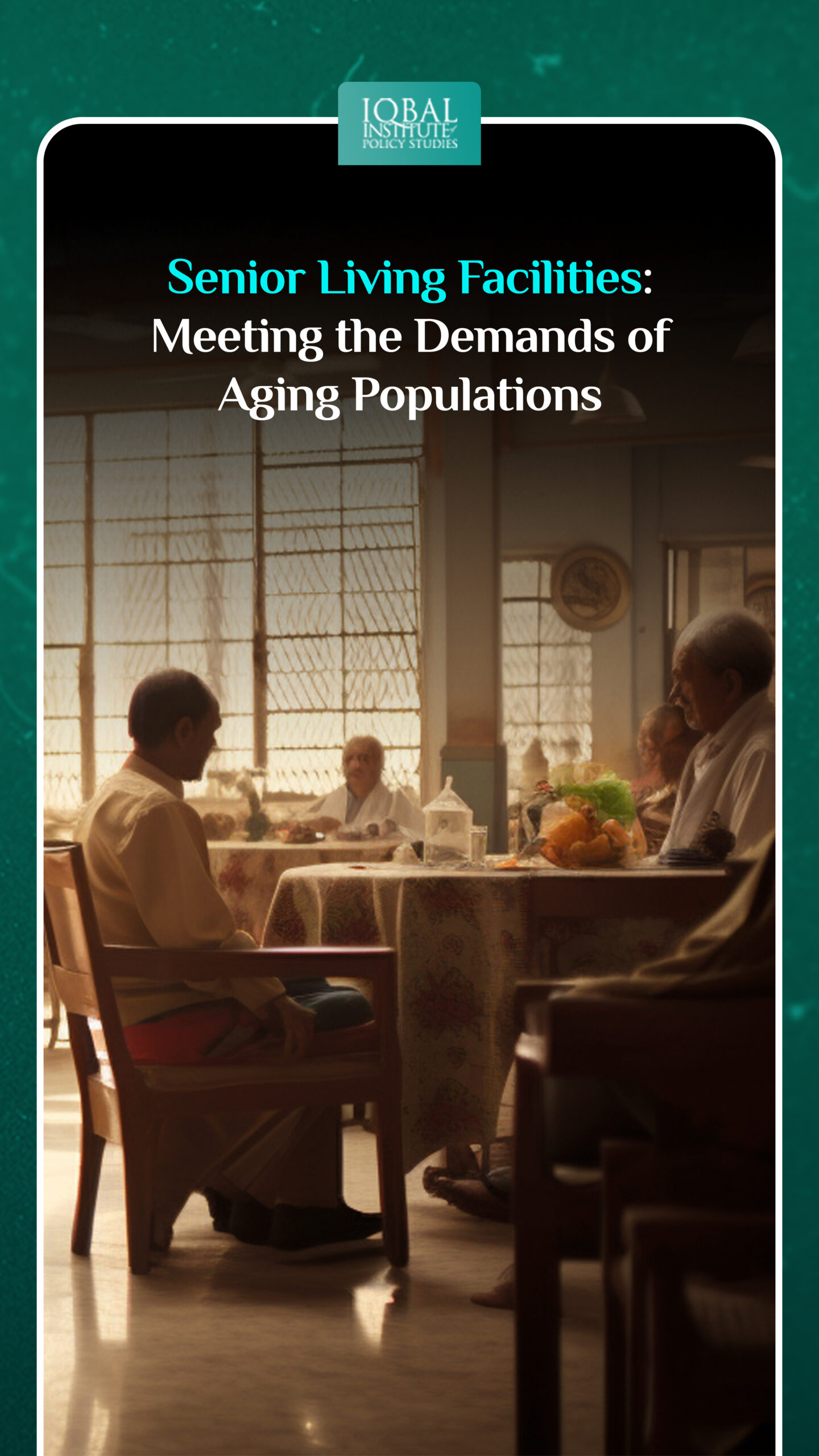As the world’s population continues to age, the demand for high-quality senior living facilities has never been greater. Aging is an inevitable part of life, bringing unique challenges that require specialized care and support. Senior living facilities are crucial in ensuring seniors can lead fulfilling lives while receiving the care they need. This extended blog post will delve into the various aspects of senior living facilities, their importance, types, services offered, and the evolving trends in this rapidly growing industry.
Understanding the Aging Population
Understanding the aging population is pivotal in recognizing the significance of senior living facilities in today’s society. With a projected doubling of the global population aged 60 and above by 2050, accounting for approximately 22% of the total population, the implications of this demographic shift are far-reaching. As individuals age, they encounter a myriad of physical, emotional, and social challenges that often necessitate specialized care and support. Mobility issues, chronic health conditions, cognitive impairments, and a heightened need for social engagement have become prevalent concerns. Families and communities are tasked with providing adequate care for their aging members, often requiring a delicate balance between promoting independence and ensuring safety. Against this backdrop, senior living facilities emerge as crucial components of a comprehensive approach to aging, offering tailored services and environments that address the unique needs of seniors and enhance their overall quality of life.
Importance of Senior Living Facilities
The importance of senior living facilities in meeting the demands of aging populations cannot be overstated. As individuals age, they often face a unique set of challenges that require specialized care and support. Senior living facilities are pivotal in providing a safe, comfortable, and enriching environment for seniors to thrive in their later years. These facilities offer a range of services, from basic assistance with daily activities to comprehensive medical care, ensuring that seniors’ physical, emotional, and social needs are met. Importantly, senior living facilities provide relief to families and caregivers, who may find it challenging to balance their responsibilities with the complex care requirements of aging loved ones. By offering tailored care plans, social engagement opportunities, and a community of peers, these facilities enable seniors to maintain their independence, enhance their quality of life, and age gracefully while surrounded by compassionate professionals dedicated to their well-being.
Types of Senior Living Facilities
Independent Living Communities
These communities are designed for active and self-sufficient seniors who want to downsize their living space, eliminate home maintenance responsibilities, and engage in various recreational activities.
Assisted Living Communities
Assisted living facilities offer a higher level of care for individuals who may require assistance with daily activities such as bathing, dressing, medication management, and meal preparation.
Memory Care Units
Memory care units specialize in providing care for individuals with cognitive impairments, such as Alzheimer’s or dementia. These units have specially trained staff and secure environments to ensure the safety and well-being of residents.
Skilled Nursing Facilities
Skilled nursing facilities provide round-the-clock medical care and rehabilitation services for seniors recovering from surgeries, injuries, or managing chronic illnesses.
Services Offered in Senior Living Facilities
Healthcare Services
Senior living facilities provide access to medical professionals, medication management, and regular health assessments to meet residents’ health needs.
Social Engagement
To combat feelings of isolation, senior living facilities offer various social activities, classes, and outings to keep residents engaged and connected with their peers.
Nutritious Meals
Nutrition is a vital aspect of senior health. These facilities offer balanced and tailored meal plans to meet the dietary needs of residents.
Transportation Services
Many facilities provide transportation for medical appointments, shopping, and other outings, ensuring residents can maintain their mobility.
Safety and Security
Senior living facilities are designed with safety in mind, featuring accessible layouts, emergency response systems, and trained staff to assist in case of emergencies.
Evolving Trends in Senior Living Facilities
Technology Integration
Modern senior living facilities incorporate technology to enhance the residents’ experience. This includes telemedicine services, smart home features, and communication tools to stay connected with family members.
Personalized Care Plans
Facilities are moving towards individualized care plans that cater to each resident’s unique needs, preferences, and health conditions.
Wellness and Fitness
Emphasis on wellness programs, fitness centers, and specialized classes like yoga and tai chi are becoming increasingly common, promoting physical and mental well-being.
Intergenerational Programs
Some senior living facilities partner with schools and community organizations to create intergenerational programs to foster meaningful interactions between seniors and younger generations.
Conclusion
The demand for senior living facilities will only increase as the aging population grows. These facilities provide seniors with essential support, care, and companionship, enabling them to enjoy their golden years with dignity and independence. By staying attuned to seniors’ evolving needs and preferences, the senior living industry is evolving to offer more personalized and comprehensive services, ensuring that aging populations receive the quality care they deserve.
This article is written by Radma Nouman. Radma is a research analyst at the Iqbal Institute of Policy Studies (IIPS).



Leave a Reply